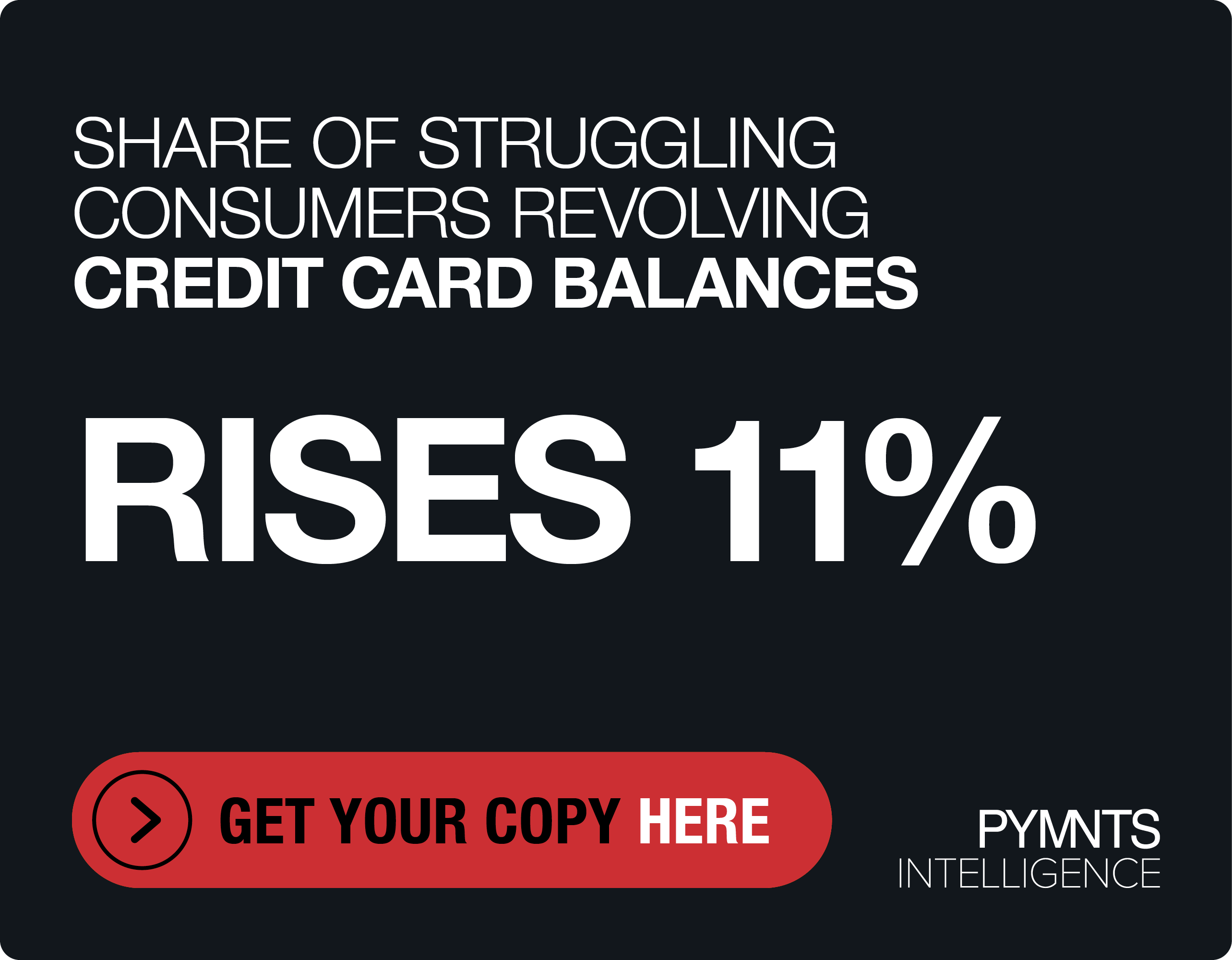The Real Reason Banks Miss Out On Millennial Insurance Sales
Talk about low-hanging fruit. Banks have an untapped sales opportunity right in front of them — one that leverages what they do best, with a product that almost everyone needs and with a captive audience that’s willing to listen.
A quarter of consumers said they would indeed buy life insurance from their banks — if only they’d known it was available. And about 50 percent of those with life insurance products already in their financial toolkits said they’d buy other financial products from their financial institutions (FIs) if they knew those options were on offer, too. Those opinions set the stage for a cross-selling opportunity that extends across online banking platforms, in branches and in every channel.
And in a hint of just how widespread the interest is – and in what some have termed demographic “surprises” – consider the fact that consumers who look to their FIs for information on insurance include a significant number of millennials (18 percent of the total) and Generation Zers (20 percent).
These findings are from a joint study between insurance program management firm Franklin Madison and PYMNTS of 2,300 U.S. consumers in mid-January, which was a subject of conversation in the latest PYMNTS TV “On The Agenda” series featuring Franklin Madison CEO Robert Dudacek and Karen Webster.
“It’s really a ‘no brainer’ for banks — selling life insurance to consumers they already have and know,” remarked Dudacek.
The Trusted Adviser
Banks are trusted financial advisers, and are generally a key conduit to getting new consumers onboard to new services and financial products that could smooth the path to financial wellness.
Overall, PYMNTS research found, 60 percent of 2,300 consumers surveyed have life insurance, but only 7 percent of that population buys that insurance from their banks. That leaves 40 percent as a complete greenfield opportunity for banks — and another 53 percent of total consumers (those who buy life insurance from other providers) who could conceivably be lured away, if only the banks made consumers aware that they offer life insurance.
In addition, the research found that a majority of consumers with life insurance get it from their employers, which means that as they change jobs, they might not opt to take their coverage with them (or it may not be portable).
As Dudacek stated, those numbers could translate into significant revenue streams for traditional FIs. And for the consumer, benefits could accrue as FIs help them manage financial risk as part of managing their overall financial health — a crystallization of a win-win situation.
The Disconnect
Like ships passing in the night, however, banks are missing the opportunity, and are not engaging in dialogue about the life insurance needs of individuals and families. Simply put, said Dudacek, traditional FIs do not believe that consumers are looking for those types of solutions from them. They focus on savings and loans as core products and miss out on the financial health and wellness aspect of the consumer’s financial journey that shapes so much of what they need and want.
A bit of education could go a long way, he told Webster — mainly if FIs take a proactive approach toward showing their constituency that life insurance need not be daunting and is affordable. Those outreach efforts could help bring underserved consumers — particularly younger ones — on board.
The research between PYMNTS and Franklin Madison found that younger consumers are interested in insurance, as an overwhelming majority of Gen Z consumers (73 percent) carry student loan debt, with an average repayment period of 20 years; many of those loans are privately held and are not dischargeable on the borrowers’ death.
To tap those populations, technology serves as a useful tool, noted Dudacek, given that devices are a central part of life and online banking apps are part of the landscape. Word of mouth helps, too, as many individuals use social media to get recommendations and find out what their peers are doing along their financial journeys (Google is a starting point, too, noted Dudacek).
The fact that younger consumers are asking friends and family (an offline channel) and doing research on the internet speaks to a multi-faceted approach that banks can effectively harness, said Dudacek. Those same consumers, ambivalent as they may be, might appreciate a frank talk with a bank employee via a call or at a branch.
“We know at Franklin Madison, in our own experiences, we can send something through direct mail to a consumer, which will include the ability to enroll on a website … The customer will often go to the website and do their research there,” Dudacek noted, adding that with any major financial decision like buying a house or a car, the door opens for the FI to introduce the concept of purchasing life insurance to protect the downside risk.
Against that backdrop, Dudacek said that FIs should incorporate insurance as a key part of any set of financial planning tools offered under the heading of financial wellness — both investments and property insurance. However, FIs shouldn’t just try to sell it as financial planning or simple estate planning.
“You have to bring it a little bit more to the forefront and incorporate it in the overall conversation. It can’t just be a cross-sell,” he told Webster. “It has to be part of that conversation about your consumer’s financial stability … and management of financial risk.”
As Dudacek told Webster of the consumers mulling the next stage of their financial lives, and of their willingness to consider (and buy) life insurance from their banks, “they’re looking for more than just a checking account and a savings account. They’re looking for other financial products that are part of their financial well-being, like life insurance.”
